This Week in History recalls memorable and decisive events and personalities of the past.
26th November 1924 – The Mongolian People’s Republic is officially established after a new constitution, passed by the first State Great Khural, abolishes the monarchy.
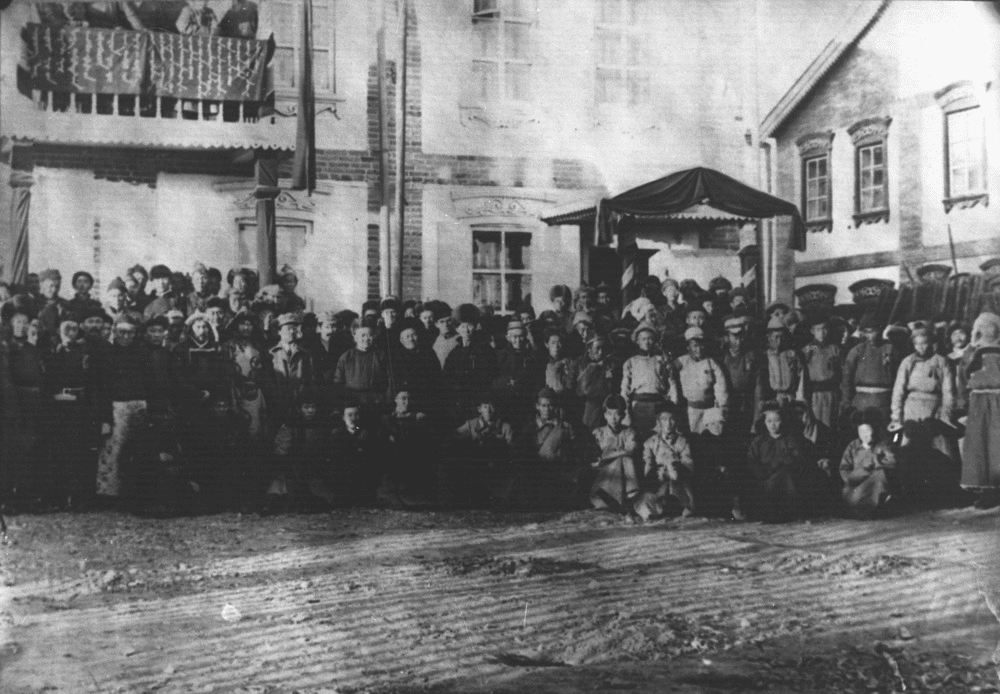
After the collapse of the great Mongol Empire, Mongolia was relegated to the periphery of power politics. Although the Mongols continued to influence power politics in China and the greater steppe regions, from the 15th century onwards, the Mongols never held again the central place in East Asian politics that they had before.
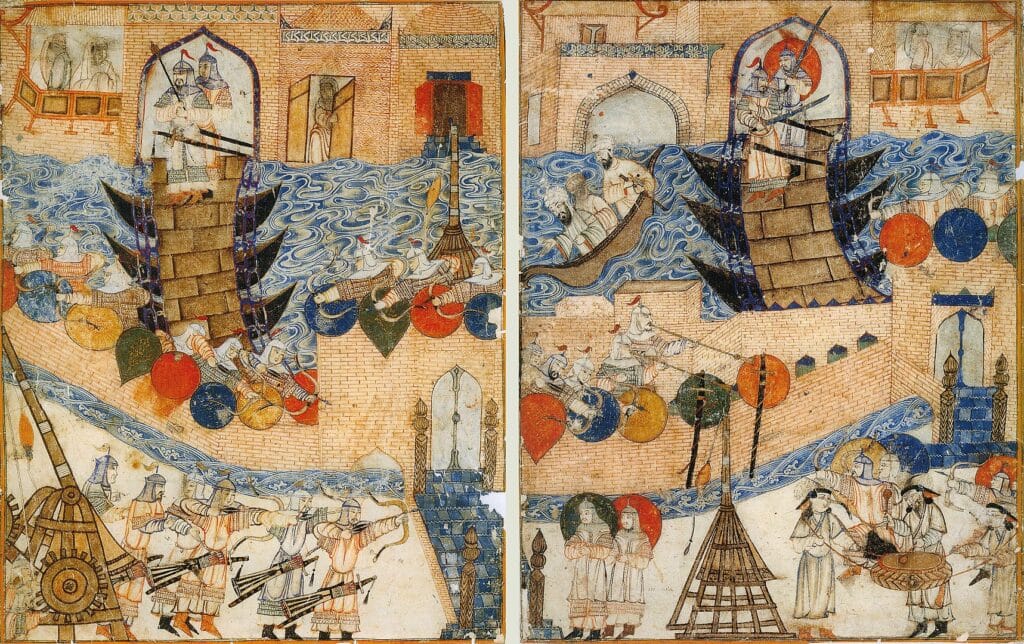
Between the 15th and 18th centuries, the Mongols experienced political upheavals, war against the Chinese, a cultural renaissance with the third introduction of Buddhism to Mongolia, and an ongoing conflict between Western Mongolian Oirats and Eastern Mongolian Khalkhas. They also slowly found themselves sandwiched between their old enemy, China, but a new rising power to their north and west, Russia.
In 1758, the expanding Qing dynasty, originally founded by the nomadic Manchu, the Mongols Eastern neighbours, conquered Mongolia. During the period of Chinese rule, the region of Inner Mongolia was assimilated and colonised by the Chinese. Serfdom was introduced into Mongolia in a form that hadn’t existed previously, and the Mongol nobility and clan structure was supplanted by the Manchu ‘Banner System’ which replaced feudal lords with centrally appointed officials. While many of the former nobles were selected by the Chinese to be the officials ruling over the Mongols, they were now depended on Beijing’s favour rather than their own local power base.
During the 19th century, the Mongol elite became increasingly worried about the integration of Mongolia into China and began to seek outside assistance. They turned to China’s main military opponent to the north, Russia, which began to support anti-Chinese sentiment in Mongolia.
As the Qing Empire began to collapse at the beginning of the 20th century, the efforts at Mongol independence accelerated. Shortly before the Xinhai Revolution in 1911, which collapsed the Qing dynasty and replaced with the new Republic of China, the Mongols of Outer Mongolia were given promises of support by Russia if they declared their independence.

Immediately after the Xinhai Revolution the Mongols in Outer Mongolia declared independence and appointed Bogd Khan, up until then a senior Tibetan Buddhist religious figure, as the new Khan of Mongolia.
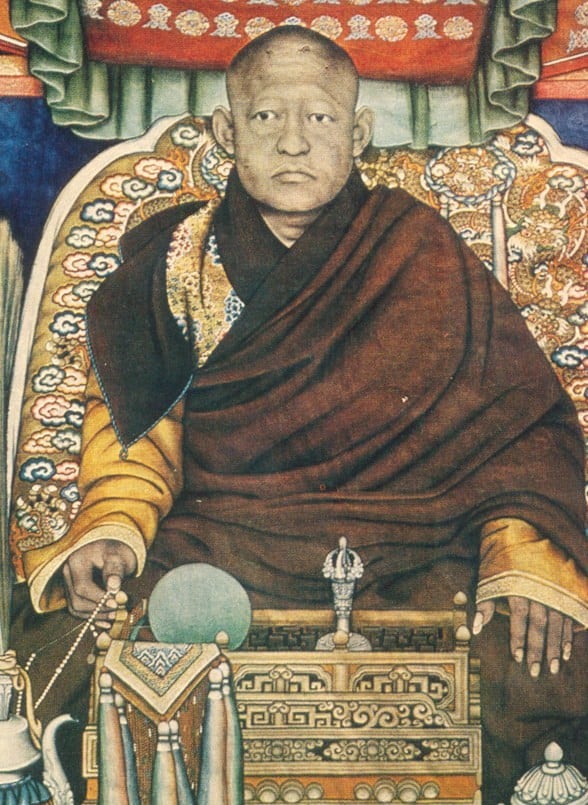
The collapsing Chinese government was unable to rein in the Mongol rebels, but the Mongols were unable to gain control over Inner Mongolia. This region was more integrated into China, and the Russians were unwilling to support the Mongols here, as they had secretly agreed to leave Inner Mongolia to Japan’s sphere of influence.
In 1915 the Chinese, Mongols and Russians signed a treaty which agreed the Mongolia would have significant autonomy but would still remain under Chinese suzerainty.
This agreement only lasted for two years, before the 1917 Russian Revolution and collapse of Russia into civil war distracted the Russians who, as a result, were no longer able to enforce the agreement. This allowed the Chinese to launch an invasion of Outer Mongolia and in 1919, the new Mongolian government was forced to sign a new treaty with the Chinese abolishing their autonomy. It was during this period in June of 1920 that the Mongolian People’s Party, a communist party taking inspiration from the Russian Bolsheviks, was founded.
In 1920, an anti-Soviet army which had been fighting in the Russian civil war, crossed over into Mongolia. This force, led by the staunch monarchist Roman von Ungern-Sternberg, soon met up with Bogd Khan and pro-independence Mongols and agreed to help them expel the Chinese forces from Mongolia in early 1921.
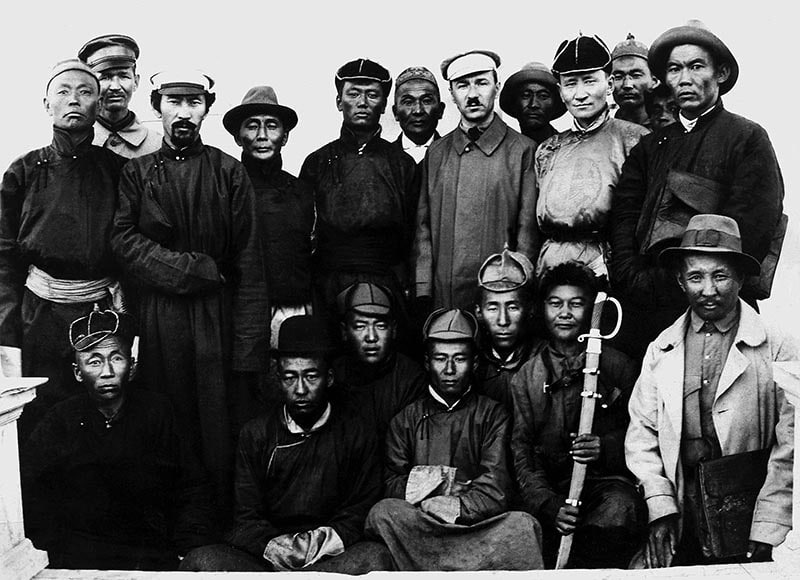
After expelling the Chinese, Bogd Khan was returned to power at the head of theocratic monarchy.
The fall of Mongolia to anti-Bolshevik troops and the expulsion of the Chinese from the region prompted the Soviets to launch their own invasion of Mongolia in 1921. On 6 July 1921, the Soviets and their allies in the Mongolian People’s Party captured the Mongolian capital and executed Roman von Ungern-Sternberg. The new Communist government was not well-established and decided initially to keep Bogd Khan as the head of state whilst they consolidated their power.
Between 1921 and 1924, anti-communist elements in Mongolia were executed, arrested or driven out, such that by November 1924, the Mongolian People’s Party was in total control of the country. When Bogd Khan died in May 1924, the communists did not allow a replacement to be appointed and on 24 November 1924, they adopted a new constitution.
This constitution abolished the monarchy and established Mongolia as a communist ‘People’s Republic’.
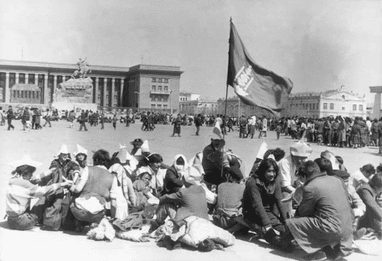
Mongolia would remain a communist puppet state of the Soviet Union until 1990 when a massive wave of protests collapsed the communist system and transformed Mongolia into a multi-party democracy.
If you like what you have just read, support the Daily Friend

